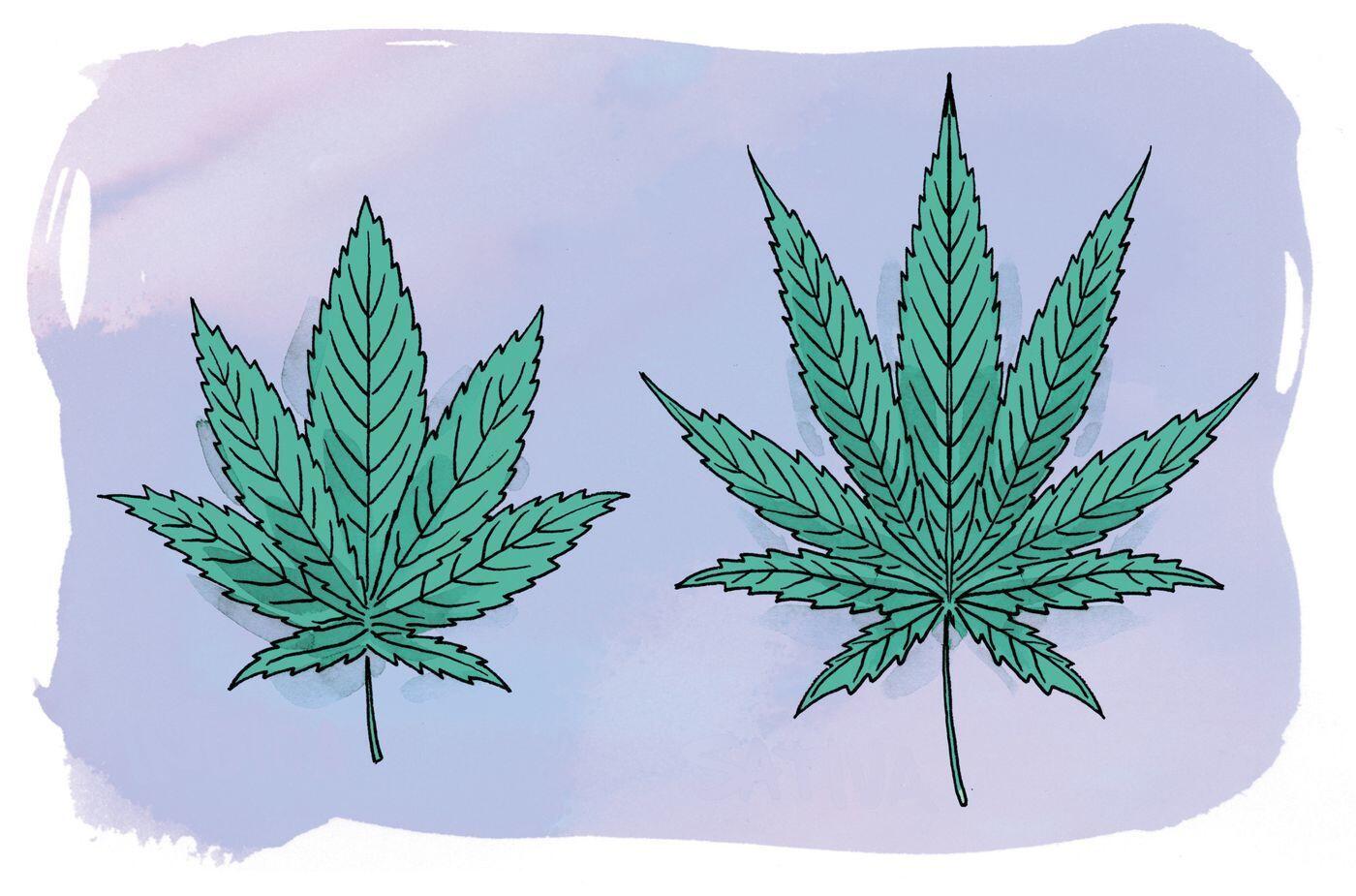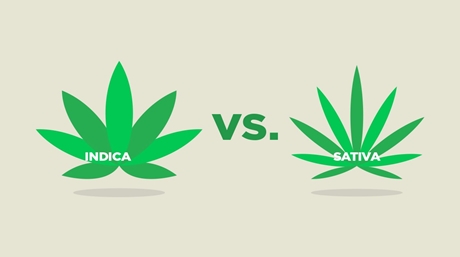Cannabis sativa is believed to have its origins in equatorial regions, mainly in areas of South America, Africa, and Asia.
The earliest evidence of human use of cannabis sativa dates back thousands of years. Ancient civilizations in Central Asia, such as the Chinese and Indians, utilized the plant both for medicinal purposes and textiles.
Cannabis Indica originated in mountainous and arid regions of Central Asia, such as Afghanistan, Pakistan, India, and surrounding areas.
Indica has been used for centuries in these regions for its medicinal and recreational properties. Its cultivation has been focused on resin production, used to make hashish and other concentrated products.

Over the centuries, the mixing and cultivation of these two varieties have spread worldwide, generating an extensive range of hybrid strains. Today, cannabis has solidified its position as one of the most cultivated and consumed plants globally, with notable versatility spanning from industrial, medical, to recreational uses. We explain the major differences between these 2 specimens:

Understanding the distinction between Cannabis sativa and Indica varieties can help users choose strains that best suit their needs and preferences. However, it is important to remember that individual experience may vary depending on factors such as tolerance, sensitivity, and consumption environment. It is always advisable to experiment with moderation and consult a healthcare professional if there are medical concerns.













Related Posts

Dive into the controversy of Cannabis sativa vs. indica. This article unravels the scientific truth behind strain differences, exploring genetics, cultural history, and the future of cannabis classification. Discover why the sativa and indica labels may no longer suffice in describing the complexities of cannabis.

Cannabis Indica describes the psychoactive varieties discovered in India, where it was harvested for its seeds, fiber, and hashish production. Cannabis Indica was named by Jean-Baptiste Lamarck. Indica refers to stout, broad-leaf plants that provide sedating effects. Cannabis Sativa describes hemp plants found in Europe and Western Eur-Asia, where it was grown for its fiber and seeds. Cannabis Sativa was named by Carl Linneaus.

Explore the unique properties of Indica and Sativa strains. Understand their climatic origins, physical traits, and psychoactive effects to choose the best option for your needs. Ideal for both medicinal and recreational users.